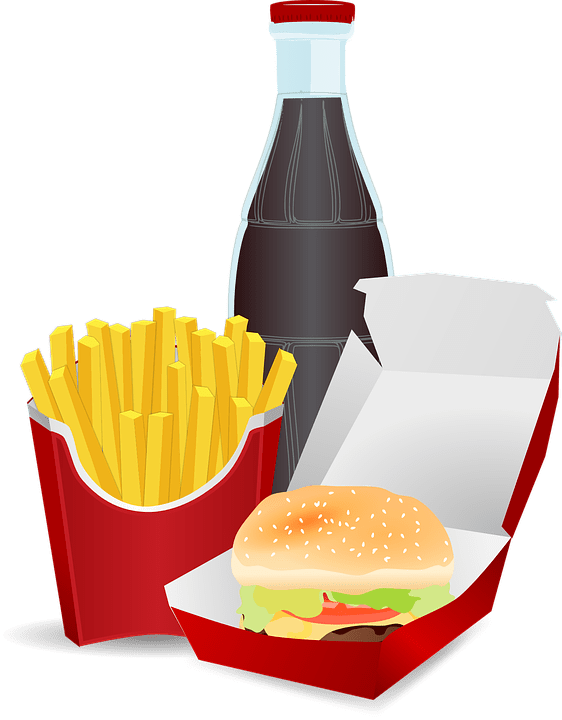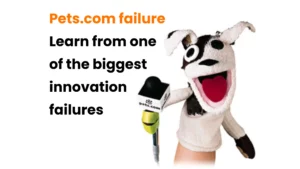McDonald’s Happy Meal is loved by children across the world. The most amazing part of it is the toys that come with it. So how was the concept of this product conceived?
Who invented Happy Meal?
Turns out, the concept was developed in parts and three people played major roles in making it a reality. Let’s now dive into how this idea came to be.
It was the mid-1970s, and Yolanda Fernández de Cofiño was working with her husband operating McDonald’s restaurant in Guatemala. Yolanda realized the struggle of children in McDonald’s to finish sandwiches like Big Mac and felt there should be a smaller meal for a child that they could finish.
So, she created “Menú Ronald” (Ronald menu), which offered a hamburger, small fries, and a small sundae. She also added little toys that she bought at a local market and packaged the whole thing in a tray.
At a McDonald’s marketing conference in Chicago in 1977, she presented the executives with the idea. However, the idea was already in development elsewhere, claimed Bob Bernstein.
The unknown back story:
Turns out by the mid-70s, the idea of a children’s meal box had been floating around the fast-food industry. According to retired senior executive vice president Paul Schrage, the idea for Happy Meal came from Burger Chef, which had been offering gifts to kids.
Dick Brams, the regional ad manager in St. Louis got inspired and came up with the idea to create a dinner meal targeted towards kids which came with toys. He contacted Bob Bernstein, whose advertising firm handled McDonald’s restaurants in the Midwest and Southwest and had been working already on a kids’ meal.
“I came up with the Happy Meal, in 1975, as I watched my son at the breakfast table reading his cereal box. He did it every morning. I thought we make a box for McDonald’s that holds a meal and gives kids things to do.” – Bob Bernstein
Bob called his creative team and had them mock up some paperboard boxes fashioned to resemble lunch pails with the McDonald’s Golden Arches for handles. They called in nationally known children’s illustrators and offered them the blank slate of filling the box’s sides and tops with their colorful ideas from art to jokes to games to comic strips to stories to fantasy: whatever they thought might appeal to kids.
Bernstein trademarked the Happy Meal name in 1977 and assigned it to McDonald’s in June 1980. Happy Meals were tested and advertised for a couple of years in Kansas City, Phoenix, and Denver before being rolled nationally in the Summer of 1979.
The first Happy Meal boxes were introduced with a Circus Wagon Train theme, and the first toys were McDoodler stencils, puzzle locks, and McWrist wallets.
Bernstein was not involved in McDonald’s Happy Meal strategy after it went national. Bernstein’s version of the Happy Meal centred on the designs outside the box, but toys were its main appeal. McDonald’s turned into one of the largest toy distributors in the country and the toys became collectors’ items.
Both Bob Bernstein and Dick Brams were recognized for coming up with the idea of Happy Meal. While the latter was recognized as the father of the Happy Meal, Bernstein was recognized for his accomplishment with a full-size golden replica of the Happy Meal box in 1987.
Five years before, in 1982, McDonald’s gave Yolanda a silver Ronald McDonald statue, for developing the Happy Meal, as well as helping to grow the company’s standing among children.
So what is the answer?
There were too many cooks involved in developing the concept, and each played their part. However, it was Dick Brams’ and Yolanda’s idea to add toys to the respective meal, while Bernstein perfected the idea. Thus, each of them played an important part in the development of the Happy Meal.
Thanks to these three, the Happy Meal is a hit worldwide and is one of the biggest revenue generators for the burger giant. Since the inception of the Happy Meal, McDonald’s has become the largest distributor of toys in the world. Each year, McDonald’s distributes about 1.5 billion toys worldwide.
Tip for Business Leaders:
Multiple people within a business can conceive an idea, possibly the same one.
In such cases, the credit for the idea can become a matter of dispute. By implementing an idea management tool that has the feature of detecting duplicate ideas, this problem will never exist in your company.
Like what you read? You can find many more such intrapreneurship stories in our ebook The Power of Employee Innovation.



